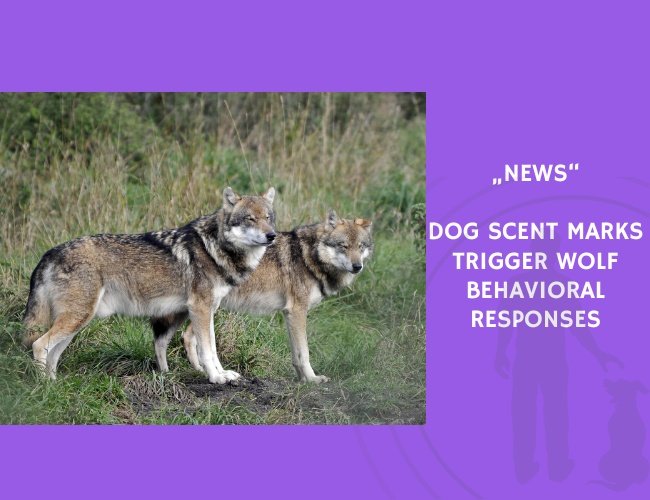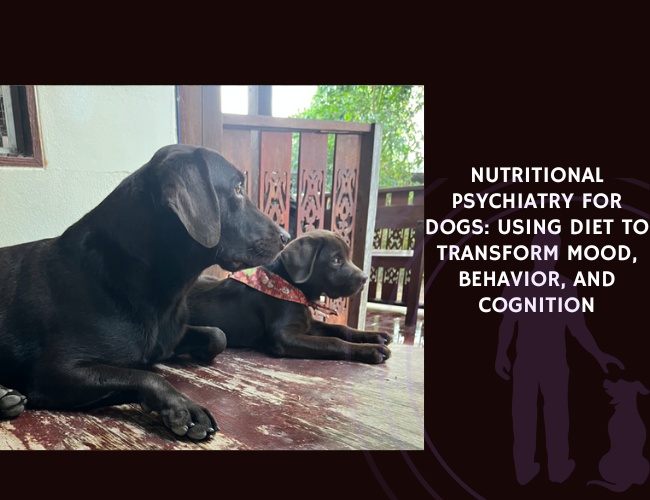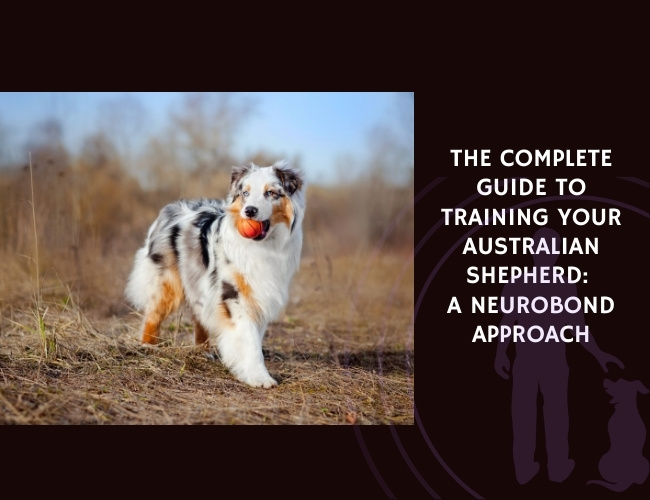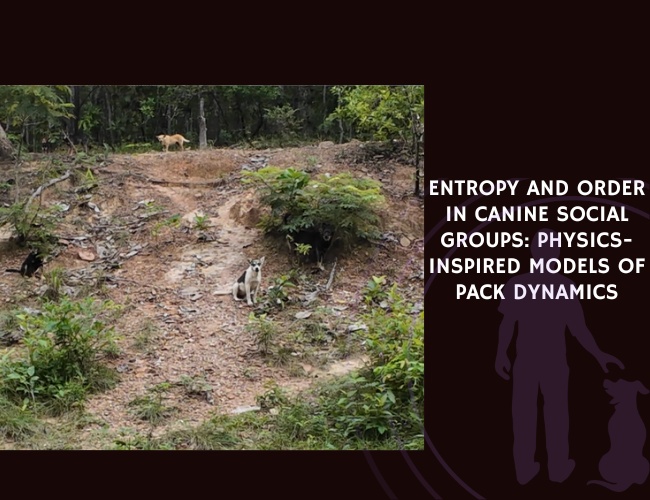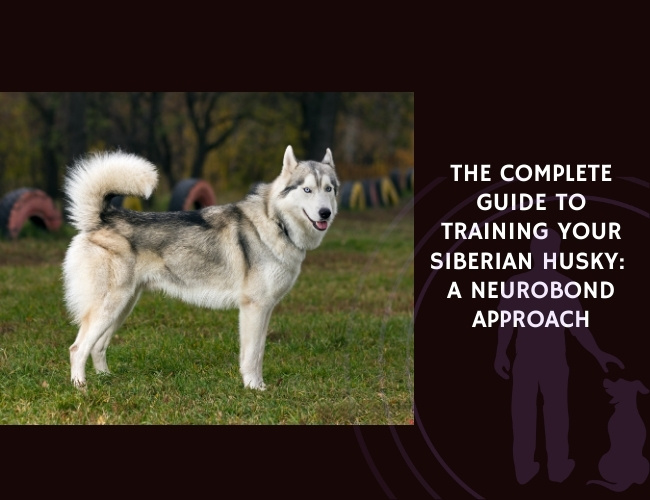K. Stępniak and colleagues (2025) investigated how wild wolves respond to scent marks left by domestic dogs within wolf territories. To simulate the presence of “unknown dogs,” researchers applied dog urine to objects inside known wolf ranges, alongside wolf urine and water controls. Camera traps recorded the reactions of local wolf families.
The results showed that juvenile wolves spent significantly more time sniffing wolf scent (37.1 s) than dog scent (7.1 s), highlighting an ability to distinguish between conspecific and dog odors. Breeding pairs engaged in overmarking and ground scratching, especially in response to wolf scent, but also reacted to dog scent marks, indicating that dogs’ presence triggered defensive or corrective marking behavior.
These findings suggest that dog scent marks elicit measurable responses in wolves, particularly in younger individuals who devoted more attention to dog odors than adults. As domestic dogs increasingly roam wolf habitats, such interactions could interfere with wolf territorial and reproductive communication systems, potentially disrupting social hierarchies and long-term ecological dynamics.
Source: Stępniak, K., Diserens, T. A., Szewczyk, M., Mysłajek, R., & Kuijper, D. (2025). Domestic Dog Scent Marks Trigger a Behavioural Response in Wild Wolves. Journal: Ecology and Evolution, Volume 15. Publication Date: 2025-07-01. Authors: K. Stępniak, T. A. Diserens, M. Szewczyk, R. Mysłajek, D. Kuijper.

